A composite image of 25 music album covers with famous works of art on them.
Did you every look at an album cover and think “Hey, that looks familiar?” That question is usually followed by a brief lament for the shallowness of your cultural literacy. At least that's what happens to us.
Here are 25 albums that include famous works of art, paintings and murals. Some of the album covers use a slightly altered form of the original (like inserting the artists' own faces), or just a portion or detail from the original. These are albums that we’ve encountered over the years and our preference is more toward popular music: rock music, experimental. (If you looked at classical music covers, we'd bet you’d find a lot of classical painting references.)
One of the ways we use to find interesting music is to look for interesting album covers. When Hieronymus Bosch (1450-1516) is used as a cover, you can expect something with a rock twist. With Thomas Hart Benton (1889 – 1975) , something with an Americana angle. With Vincent Van Gogh (1853 – 1890), something jazzy or lighter. What other trends do you see?
Row 1
"The Garden of Earthly Delights" (1490 – 1510) detail by Hieronymus Bosch (1450-1516) and used by Pearls Before Swine “One Nation Underground” (1967).
“The Garden of Earthly Delights ” (1490 - 1510) detail by Hieronymus Bosch (1450 - 1516) used by Deep Purple in a modified form on their third release “Deep Purple” (1969).
"The Battle of Trafalgar" (1805) by Nicholas Pocock (1740 – 1821) and used by the Bee Gees “Trafalgar” (1971).
“Tragic Prelude” (1942) mural detail by John Steuart Curry (1897 – 1946) used by Kansas for their self-titled debut (1974).
"Negro Attacked by a Jaguar" (1910) by Henri Rousseau (1844 – 1910) used by Osibisa on their release “Osibirock” (1974).
Row 2
“Water” (1566) by Giuseppe Arcimboldo (1526/7 – 1593) used by Kansas on their release “Masque” (1975).
"Bal du moulin de la Galette" (1876) by Pierre Auguste Renoir (1841 – 1919) used by Rod Stewart in “A Night on the Town” (1976).*
“Tiger in a Tropical Storm” (1891) by Henri Rousseau (1844 – 1910) used by Michael Franks on his release “Tiger in the Rain” (1979).
"Two Tahitian Women with Mango" (1899) by Paul Gauguin (1848 – 1903) used by Michael Franks on his release “Object of Desire” (1982).
"The Veteran in a New Field" (1865) by Winslow Homer (1836 – 1910) and used by Tom Petty & the Heartbreakers on their release “Southern Accents” (1985).
Row 3
“Persephone” (1939) by Thomas Hart Benton (1889 – 1975) used on Hector Zazou’s release "Geologies" (1989).
Row 2
“Water” (1566) by Giuseppe Arcimboldo (1526/7 – 1593) used by Kansas on their release “Masque” (1975).
"Bal du moulin de la Galette" (1876) by Pierre Auguste Renoir (1841 – 1919) used by Rod Stewart in “A Night on the Town” (1976).*
“Tiger in a Tropical Storm” (1891) by Henri Rousseau (1844 – 1910) used by Michael Franks on his release “Tiger in the Rain” (1979).
"Two Tahitian Women with Mango" (1899) by Paul Gauguin (1848 – 1903) used by Michael Franks on his release “Object of Desire” (1982).
"The Veteran in a New Field" (1865) by Winslow Homer (1836 – 1910) and used by Tom Petty & the Heartbreakers on their release “Southern Accents” (1985).
Row 3
“Persephone” (1939) by Thomas Hart Benton (1889 – 1975) used on Hector Zazou’s release "Geologies" (1989).
"Flaming June" (1895) by Lord Frederick Leighton (1830 – 1896) and used by Malcom McLaren “Waltz Darling” (1989).
"The Ballad of the Jealous Lover of Lone Green Valley" (1934) by Thomas Hart Benton (1889 – 1975) used in the compilation “Appalachian Stomp” (1989).
"The Garden of Earthly Delights" (1490 – 1510) detail by Hieronymus Bosch (1450 - 1516) and used by Dead Can Dance on their release “Aion” (1990).
“Café Terrace at Night” (1888) by Vincent Van Gogh (1853 – 1890) used by Thomas Talbert Jazz Orchestra on the release "Warm Cafe" (1991).
Row 4
“The Sources of Country Music” (1975) by Thomas Hart Benton (1889 – 1975) used in the compilation “Appalachian Stomp (More Bluegrass Classics” (1992).
"The Ballad of the Jealous Lover of Lone Green Valley" (1934) by Thomas Hart Benton (1889 – 1975) used in the compilation “Appalachian Stomp” (1989).
"The Garden of Earthly Delights" (1490 – 1510) detail by Hieronymus Bosch (1450 - 1516) and used by Dead Can Dance on their release “Aion” (1990).
“Café Terrace at Night” (1888) by Vincent Van Gogh (1853 – 1890) used by Thomas Talbert Jazz Orchestra on the release "Warm Cafe" (1991).
Row 4
“The Sources of Country Music” (1975) by Thomas Hart Benton (1889 – 1975) used in the compilation “Appalachian Stomp (More Bluegrass Classics” (1992).
"Bacchus and Ariadne" (1522/3) by Titian (1488/90-1576) used by the Crash Test Dummies on their release “God Shuffled His Feet” (1992).
“Olive Trees with Yellow Sky and Sun” (1889) by Vincent Van Gogh (1853 – 1890) used by Deuter on his release "Sun Spirit" (2000).
“The Fall of Man” (1592) by Cornelis van Haarlem (1562 – 1638) used by John Wesley Harding on the release "The Garden of Eden" (2003).
“Hylas and the Nymphs” (1896) detail by John William Waterhouse (1849 – 1917) used by Susumu Yokota in his release “Symbol” (2005).**
“Olive Trees with Yellow Sky and Sun” (1889) by Vincent Van Gogh (1853 – 1890) used by Deuter on his release "Sun Spirit" (2000).
“The Fall of Man” (1592) by Cornelis van Haarlem (1562 – 1638) used by John Wesley Harding on the release "The Garden of Eden" (2003).
“Hylas and the Nymphs” (1896) detail by John William Waterhouse (1849 – 1917) used by Susumu Yokota in his release “Symbol” (2005).**
Row 5
"Liberty Leading the People" (1830) by Eugène Delacroix (1798 - 1863) and used by Coldplay in their release "Viva La Vida" (2008).*
"Netherlandish Proverbs" (1559) by Pieter Bruegel the Elder (1525/30 - 1569) used by Fleet Foxes on their debut "Fleet Foxes" (2008).
“Flora” (ca. 1591) by Giuseppe Arcimboldo (1526/7 – 1593) used by the Clientele on their release "Bonfires on the Heath" (2009).**
“Birds on Money” (1981) by Basquiat (1960 – 1988) used by the Strokes "The New Abnormal" (2013).**
"A Pelican and Other Birds Near a Pool" (1680) by Dutch artist Melchior d'Hondecoeter (1636 – 1696) used by William Doyle on his release "Great Spans of Muddy Time" (2021).
“Flora” (ca. 1591) by Giuseppe Arcimboldo (1526/7 – 1593) used by the Clientele on their release "Bonfires on the Heath" (2009).**
“Birds on Money” (1981) by Basquiat (1960 – 1988) used by the Strokes "The New Abnormal" (2013).**
"A Pelican and Other Birds Near a Pool" (1680) by Dutch artist Melchior d'Hondecoeter (1636 – 1696) used by William Doyle on his release "Great Spans of Muddy Time" (2021).
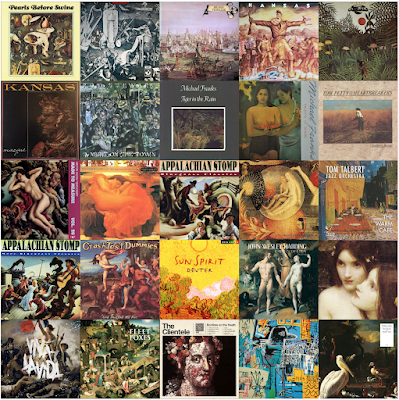
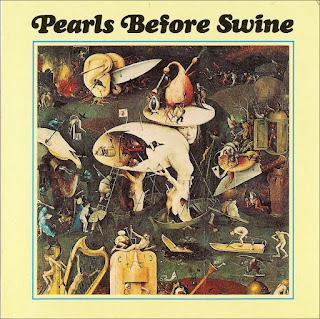

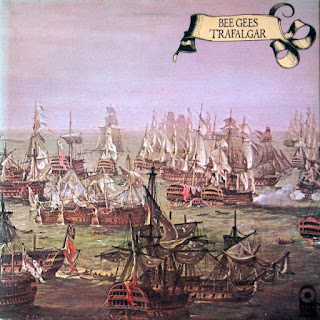



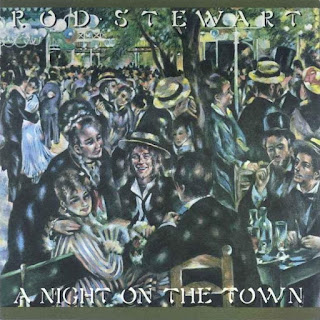
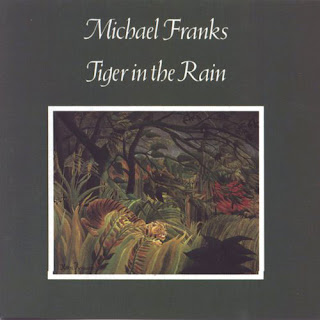
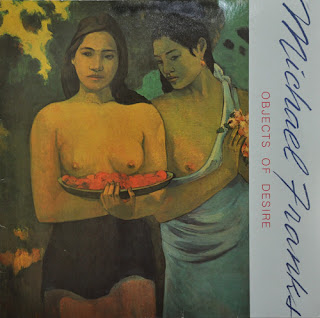


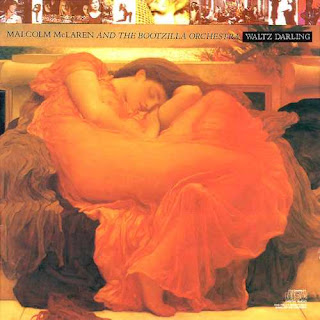
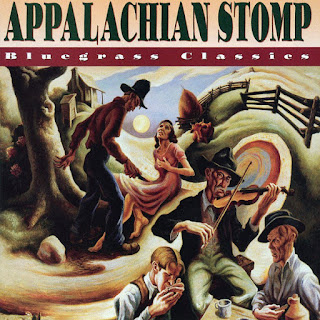
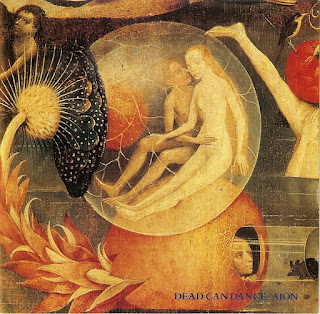

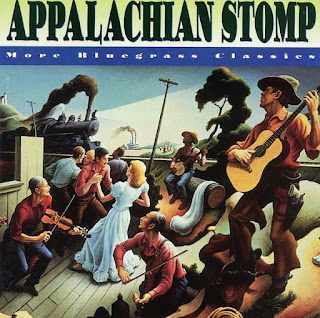
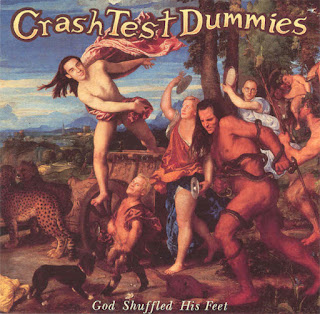


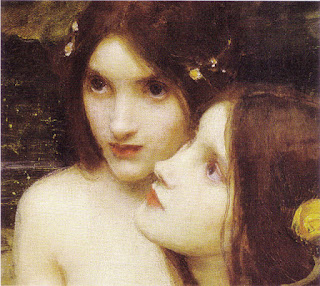
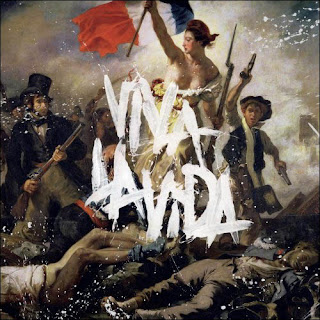
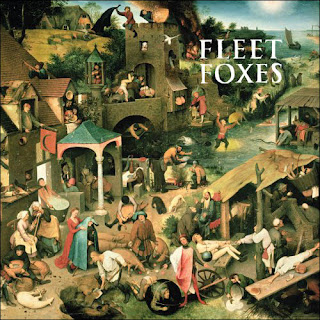


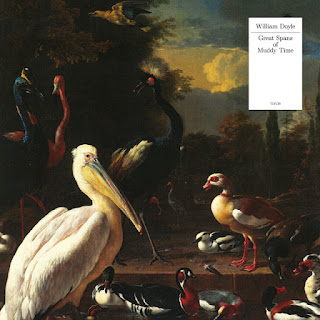
No comments:
Post a Comment
All comments are moderated. If your comment doesn't appear right away, it was likely accepted. Check back in a day if you asked a question.